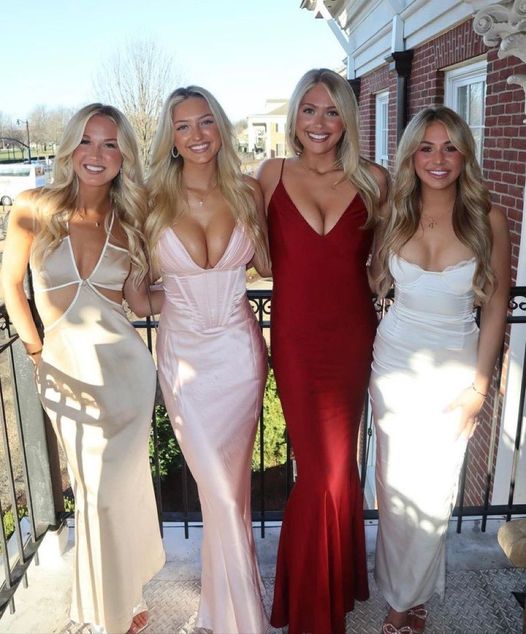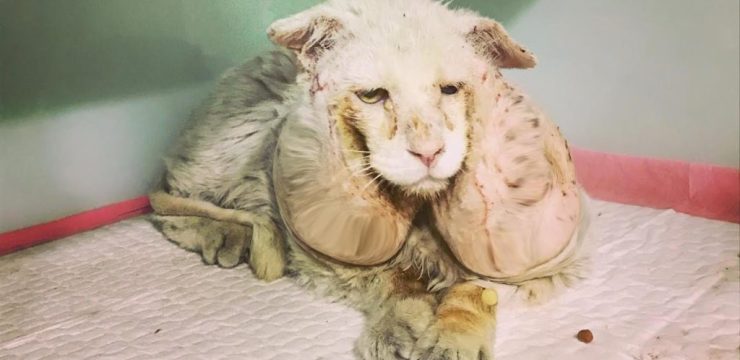For decades, beauty standards were dictated by glossy magazine covers, Hollywood stars, and the ever-present gaze of the fashion industry’s “ad men.” But times are changing. With the rise of social media, women no longer have to rely on outdated definitions of beauty. Instead, they’re embracing their natural selves and celebrating diversity in a way that’s never been seen before. The result? A dramatic shift in the way we perceive beauty, one that’s finally starting to reflect the reality of the average woman.

The Evolution of Beauty Standards
From Magazines to Instagram: The Democratization of Beauty
Gone are the days when beauty was a one-size-fits-all concept, dictated by a select few. Social media platforms like Instagram and TikTok have given women the power to define beauty for themselves. No longer confined to the narrow ideals portrayed in magazines, women are showcasing their unique looks, gaining followers, and inspiring others to do the same.
The Power of Representation
When women of all shapes, sizes, and backgrounds see themselves represented online, it creates a ripple effect. Representation matters, and it’s driving a movement toward more inclusive beauty standards. This shift is not just about appearance—it’s about confidence, self-love, and the rejection of unrealistic expectations.
The Average Woman: A New Reality
The Changing Face of the American Woman
Recent studies, including one published in the International Journal of Fashion Design, Technology, and Education, reveal a significant shift in the average size of American women. The data shows that the average waist size has increased from 34.9 inches to 37.5 inches over the past two decades. This change is more than just a statistic; it’s a reflection of a broader societal shift toward body acceptance.
Size 16 is the New Normal
According to the same study, the average American woman now wears a size 16 to 18, placing her at the lower end of plus sizes. This is a stark contrast to the size 2 models that have dominated fashion runways for years. The reality is clear: the fashion industry needs to catch up with the times and start designing for real women.
The Fashion Industry’s Response
A Call for Inclusivity
The fashion industry has long been criticized for its lack of size diversity. However, with the average woman now wearing a size 16 or 18, there’s a growing demand for change. Designers are being called upon to expand their size ranges and create clothing that not only fits but flatters women of all sizes.
Beyond the Back Corners: Making Plus-Size Fashion Mainstream
For too long, plus-size clothing has been relegated to the back corners of stores or limited to online shopping. But the tide is turning. Brands that fail to offer inclusive sizing are at risk of being left behind as more and more consumers demand fashion that reflects their reality.
Designing for the Modern Woman
Fashion should be about making people feel good in their own skin. That means designing clothes that fit well, are stylish, and are accessible to all. The study by Dunn and Christel highlights the need for the fashion industry to update its standards and embrace the modern American woman, who is anything but a stick figure.
The Impact of Social Media on Fashion
Influencers Leading the Charge
Social media influencers have played a pivotal role in this shift. By showcasing body positivity and celebrating diversity, they have inspired millions of followers to do the same. These influencers are challenging the status quo and proving that beauty comes in all shapes and sizes.
The Viral Power of Body Positivity
Hashtags like #BodyPositivity and #LoveYourself have gone viral, further pushing the conversation about beauty standards into the mainstream. As these movements gain traction, they’re not only changing individual mindsets but also influencing the decisions of major fashion brands.
The Future of Beauty Standards
A More Inclusive Tomorrow
The beauty standards of the past are being replaced by a more inclusive vision of what it means to be beautiful. This shift isn’t just a trend—it’s a movement that’s here to stay. As more women embrace their natural beauty and reject unrealistic ideals, the fashion industry will need to continue evolving to meet their needs.
The Role of Education and Awareness
Education and awareness are key to sustaining this change. By teaching the next generation about the importance of body diversity and self-love, we can ensure that the progress made today continues into the future.
Conclusion
The standard of beauty is undergoing a profound transformation, one that’s being driven by social media and the average woman’s changing size. As more women take control of their own narratives, the fashion industry is being forced to adapt. This shift toward inclusivity and representation is not just a passing trend; it’s a new reality that celebrates beauty in all its forms. The question now is: will the fashion industry rise to the occasion, or will it be left behind as the world moves forward? One thing is clear—beauty is no longer a narrow definition. It’s a diverse, inclusive, and ever-evolving concept that reflects the real world. And that’s something worth celebrating.





